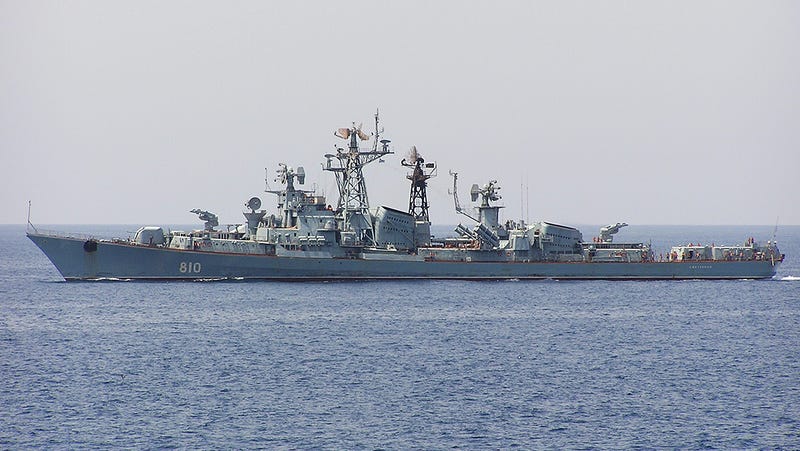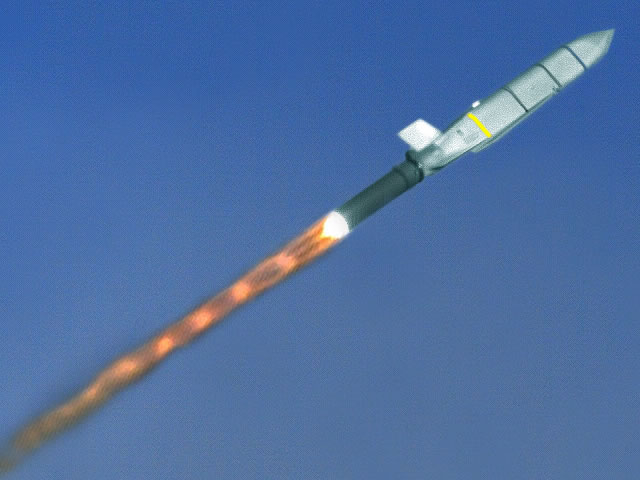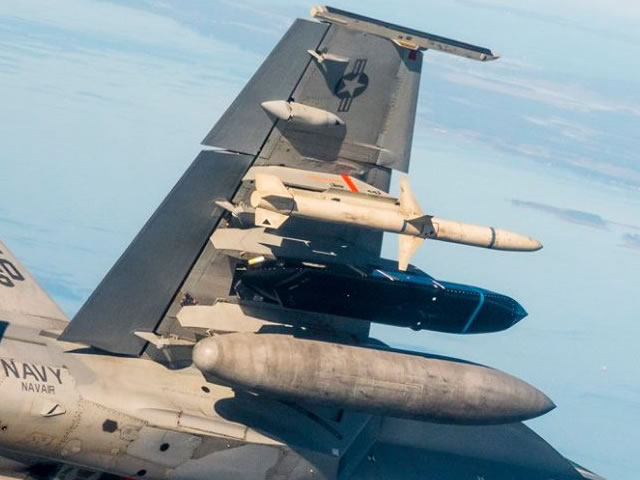Afraid of China, Pentagon Looks to Improve Naval Anti-Ship Missiles
America has long seen itself as having the most competent naval force in the world. But China’s growing clout is forcing strategists in Washington to rethink their dominance, and the US Navy is about to spend millions on anti-ship missiles – the first such purchase in decades
The last time that a US naval vessel sank another ship was 27 years ago, when the USS Simpson attacked an Iranian gunboat in retaliation for an Iranian mine which had struck an American ship four days earlier. Ever since that event, Washington has assumed it maintains uncontested reign over the world’s oceans.
But the rapid rise of China on the global stage may be threatening that dominance, and the Pentagon is scrambling to adjust.
For one, the US Navy has relied on the same model of anti-ship missile since 1977: the Harpoon. But American military officials are concerned that the Chinese navy is capable of destroying or outmaneuvering those missiles.
To address those concerns, the US Navy is looking into a variety of options for revamping its offensive weapons.
One option is to retrofit the tried-and-true Tomahawk. While reliable, that missile was designed for striking stationary targets on land. The Pentagon began running tests on converted Tomahawks last January, and officials believe that successful sea variety could be deployed as in the next few years.
The Navy is also looking into creating its own version of the Long Range Anti-Ship Missile, originally designed to be launched via aircraft.
The Lockheed Martin-led industry team celebrated the launch of the nation's fifth Littoral Combat Ship, the future USS Milwaukee. (File)
© AP Photo/ Lockheed Martin
Epic Fail: US Navy’s Newest Ship Breaks Down in the Open Sea
These upgrades will force America’s enemies to "wake up and instead of just worrying about aircraft carriers or torpedoes from subs, they now have to worry about all surface ships and their ability to attack them," Vice Adm. Thomas Rowden, the Navy’s Surface Force Commander, told Aviation Week.
The US is also considering the possibility of spreading its Pacific air squadrons across a wider array of airfields from Palau to the Philippines. In this way, it could lessen the impact of an offensive missile attack against any one air base.
"It’s not that any of these places are out of range in an attack," said David Ochmanek, a former senior Pentagon official, according to Foreign Policy. "But if you put small numbers of aircraft in many places and you disperse the aircraft on the base itself, you limit your liability and raise the cost of suppression attack."
US military officials are also worried about the navy’s broader strategy. With over 300 naval ships in its fleet, Beijing is rapidly gaining on the United States, which could threaten Washington’s access to the Pacific. The Pentagon is also worried about the infamous Dongfeng DF-21D "carrier killer" ballistic missile.
This could present problems in areas like the South China Sea, where the US and China are currently engaged in a tense standoff. Expressing opposition to Beijing’s construction of artificial islands in the Spratly archipelago, Washington has sent naval patrols through the 12-mile territorial limit of those islands.
China, for its part, has maintained that it has every right to build within its own territory, and insists that the installations will be used primarily for humanitarian purposes.
If a conflict were to emerge out of those tensions, the Pentagon could not count on easy victory.
"You’re going to lose ships and jets and people," Ochmanek said. "Our military establishment came to this realization reluctantly. The challenge is as much conceptual as it is hardware related."
Read more:
http://sputniknews.com/us/20151214/1031 ... z3uOMBvzIf









